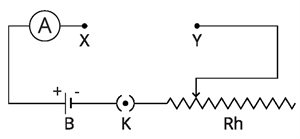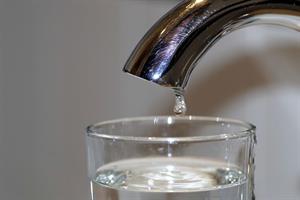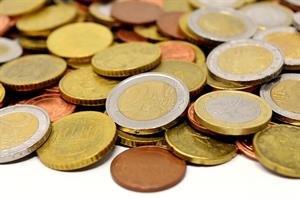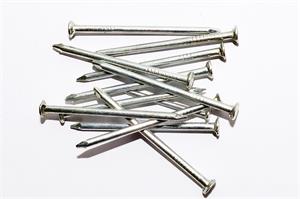PDF chapter test TRY NOW
The activity requires four cells of \(1.5\ V\), nichrome wire, a torch bulb, a \(10\ W\) bulb, ammeter (\(0\ – 5\ A\) range), voltmeter, a plug key, and some connecting wires.

Experimental set-up
- Connect the four cells of \(1.5\ V\), ammeter and key in series.
- Leave a gap \(XY\) in the circuit.
- Now, connect the nichrome wire in the gap \(XY\).
- Close the key.
- Note down the current value in the ammeter.
- After taking the reading, remove the key from the plug.
- Now, instead of nichrome wire, place a torch bulb in the circuit gap \(XY\).
- Again, note the current value in the ammeter.
- At last, change the torch bulb with the \(10\ W\) bulb.
- Once again, note the ammeter reading and observe the values.
What will you observe?
It is observed that the current value is different for different electrical components. Some of the components offer a path for the electric current to flow easily while the others resist.
Based on the electrical properties, the materials are classified into two types, such as
- Conductors
- Insulators
Conductors:
In an electrical circuit, the conducting or connecting wires are used to connect the electrical components. These wires are usually made up of metals that allow the electric current to pass through them.
The materials which allow the electric current to pass through them are called Conductors. All metals are good conductors of electricity. The human body is a good conductor of electricity.
Example:

Tap water

Coins

Iron nails
Certain metals like copper, aluminium, graphite and steel have very much less or negligible resistance. Hence, they are known as good conductors of electricity.

Copper, graphite and steel
Some other materials like nichrome, tin oxide offer high resistance to the electric current in a circuit. But still, these materials conduct electricity.
